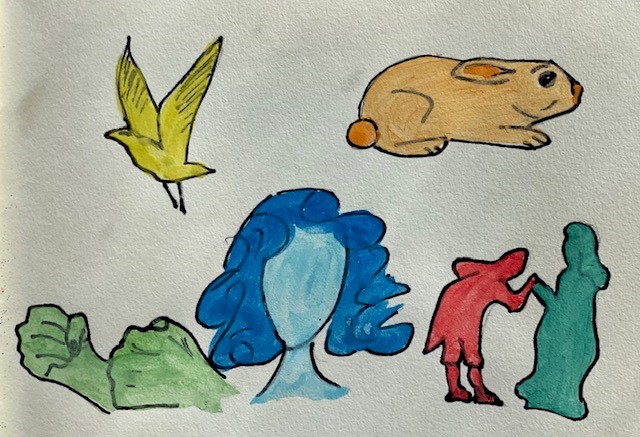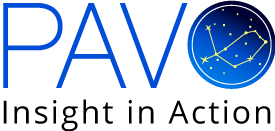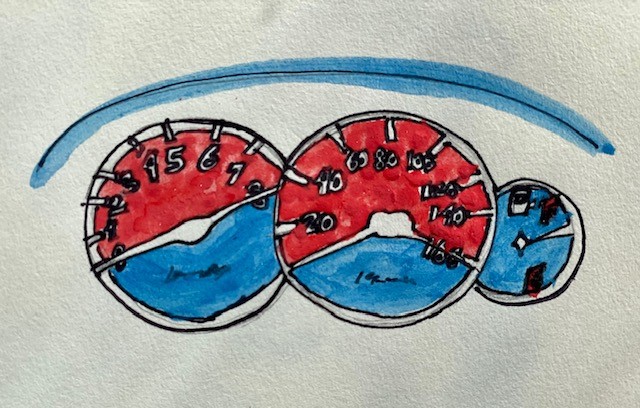Have you been redlining lately – by which I mean putting your metaphorical pedal to the metal and doing as much as you possibly can without collapsing? Because just about everyone I’ve been talking to has been.
Sometimes it’s out of excitement – we love our work, we have a ton of opportunities and ideas – and sometimes it’s out of pressure – that project is looming, we’re short-staffed, we’re worried about our family members.
For one reason or another, we’re operating at full throttle.
To cope, one coaching client of mine bumped up their CrossFit workouts and got to the point where their muscles started to break down, because they were both exercising excessively and not taking time to rest. Another found themself watching every episode of Bridgerton in a weekend and eating microwave nachos for dinner, while another started turning to gummies and video games at the end of each intense workday.
Each of them said they were having trouble turning their brains off.
Why is it that just when we need our healthy routines most, we convince ourselves that we don’t have time for them…or that something indulgent is really what we need?
Our Lovable Tricky Friend, Lizard Brain
Well, one reason is that in times of stress we physiologically narrow our focus. Our sight sharpens, but at the same time our field of vision constricts so we’re like the deer caught in headlights that can only see what’s right in front of us. And often what’s right in front of us is a threat – that presentation, that deadline, that difficult conversation. Yet here’s a kicker: our body doesn’t always know the difference between excitement and anxiety. So, if we’re experiencing a rush of creativity, are enthusiastic about preparing for a new initiative or are thrilled about an upcoming opportunity, our sympathetic nervous system can activate as if we’re being chased by a lion.

So, whatever the cause of our high RPMs, we go into fight mode and aggressively do our HIIT workouts. We flee into the fictitious worlds of television or the curated content of TikTok and Instagram. We fawn over people on Facebook or freeze in avoidance, losing whole swaths of time.
What we don’t do is calibrate.
Most of us know our doctors want us to eat well, sleep, and engage in cardio, strength training, and flexibility most days each week. But just as it’s unhealthy to do too little of these things, it’s also unhealthy to do too much of them.
And that’s another way our brains trick us. One of the most common cognitive distortions in humans is false binaries, or all-or-nothing thinking. And when we fall victim to this trap, we decide that if we can’t exercise intensely, we won’t exercise at all…or if we wake at three or four in the morning, we might as well get up and knock out some extra work rather than leaning into relaxation techniques to rest our bodies as best we can. After all, we’re excited to see what results we can drive forward.
A Controlled, Intentional Pause
Yet it’s just when we need to pause that we don’t think to do it or override the impulse with more “productive” habits…which then leads us to a full stop we can’t control: to illness, to burnout, to exhaustion.

So , here are a few places we can better serve ourselves by seeking the middle path:
- Engage in meaningful social connections…and also give ourselves space to be alone.
- Look for opportunities to use more of our talents, embody our values more often, and engage in activities we feel have purpose…while also reducing or eliminating other activities that are devoid of these things.
- Find small ways of helping other people or caring for an animal…and ways of helping and caring for ourselves.
- Take positive action each day to manage or reduce stress…and also take some time to “do nothing,” particularly if it involves looking out the window, daydreaming, meandering through our neighborhood, or sitting on our balconies or font steps.
- Read or listen to music a little each day…while curbing our impulse to escape into countless sequels or whole albums.
- Push ourselves physically…and also be kind. If we show up for our bodies, they’ll show up for us. This means:
- Eating mostly healthy foods, not too much and not too little.
- Moving to feel strong, lithe, and resilient while also being mindful of how each activity feels on each particular day.
- Sleeping the amount we know is best for us, which for most adults is between 7 and 9 hours a night
- Taking a short (20min) nap, doing a yoga nidra meditation, or taking a walk instead of having an afternoon coffee or soda
- Write for 5 minutes without stopping about all our fears, worries, and complaints. Then read back through them to see what we have control over and what small steps we might like to take to address those items on our lists…while also trying to accept or let go of those things we can’t control.
- Practice self-compassion and non-judgment…and also go back through that stream of consciousness writing and identify any cognitive distortions we notice, reality testing any incidences of false binaries, catastrophizing, or other misleading thoughts that ultimately don’t help us.
- Seek out people who make us laugh…and people we can go deep with.
- Go ahead and list what we’re grateful for…and also write down what we’ve done to create the conditions for these things and look for opportunities to set ourselves up for more gratitude in the future.
- Strive for quality over quantity, and cultivate joy in all of the above.
These are just a few of the strategies that I’ve been speaking about with people lately. What works for you?

